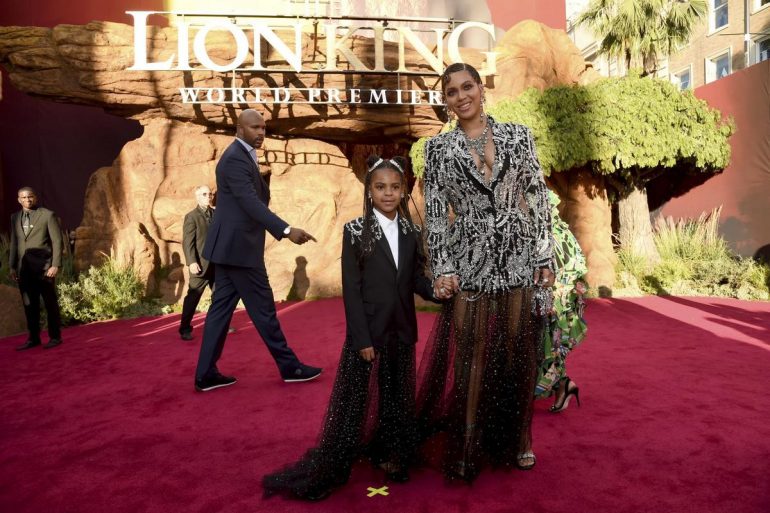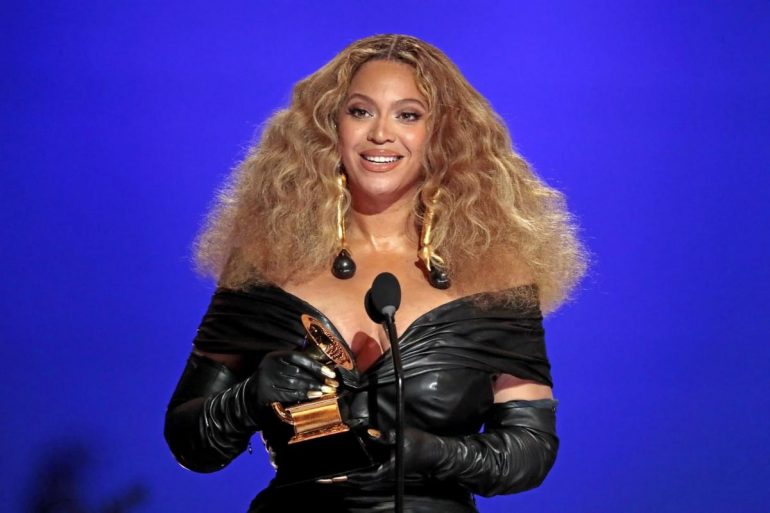From the lyrics of Jay-Z’s hit song The Story of OJ, one can already surmise he knew how the wealth game is played:
I bought some artwork for one million.
Two years later, that s*** worth two million
Few years later, that s*** worth eight million
I can’t wait to give this s*** to my children
The self-made billionaire needs no introduction. Jay-Z’s current portfolio includes investments in Uber and Space-X, and he recently sold his champagne label Armand de Brignac to LVMH for roughly US$630 million.

Even the star’s daughter, Blue Ivy Carter, is worth US$500 million – but that is not the genius part. Anybody with assets can assign wealth to their children early. Jay-Z and wife Beyonce’s mastery is in creating wealth for their daughter without giving her a cent.
The key is the creative power-couple crediting Blue Ivy’s input in their music. At just four years old, Blue Ivy appeared on Jay-Z’s “4:44” album, where she showcased her rap prowess by delivering the impressive Blue’s Freestyle, which her father loved so much that he commissioned an animated music video for it.

Transitioning from the influence of one superstar parent to another, Blue Ivy also showed her vocal talents by narrating the audiobook version of Hair Love, and by partnering with her mum to create Brown Skin Girl, a song on the 2019 soundtrack album to Disney’s live-action, The Lion King: The Gift, which won numerous accolades.
Having songwriting and production credits is no small feat, as royalties are paid for them into perpetuity. Think of daughter Frances Bean Cobain and wife Courtney Love inheriting Kurt Cobain’s share of Nirvana’s royalties.
Every time Blue Ivy’s songs are streamed on Spotify, bought off iTunes and used commercially, a small part of that play builds in her piggy bank. Most importantly, Blue Ivy’s royalty income starts before she is even 10.

As Jean Folger wrote in an article in Investopedia: “Young adults do have one thing going for them: time. There is a reason that compounding – the ability to grow an investment by reinvesting the earnings – was referred to by Albert Einstein as ‘the eighth wonder of the world’. The magic of compounding allows investors to generate wealth over time and requires only two things: the reinvestment of earnings and time.”
Edwin Cheung, vice-chairman of development, Institute of Financial Planners of Hong Kong, agrees. “Starting investment at a young age has a tremendous advantage in terms of the time value of money and compounding effect,” he said. “Just starting five years earlier can make a massive difference in long-term return. Also starting early can help ride out the fluctuations of the market and enable investors to take more risks for higher long-term potential return.”

Folger illustrates: “A single US$10,000 investment at age 20 would grow to over US$70,000 by the time the investor was 60 years old, based on a 5 per cent interest rate. That US$10,000 investment made at age 30 would yield about US$43,000 by age 60, and at age 40 would yield US$26,000. The longer money is put to work, the more it can generate.”
It’s safe to say Blue Ivy is taking maximum advantage of this phenomenon – by starting at least 20 years before most people. And she has her parents to thank for it all.
While few of us have royalty-generating assets to involve our children in, an investment in some blue-chip stocks for your kids in kindergarten does not sound like a bad idea after all.
Note: This story was originally published on SCMP and has been republished on this website.









